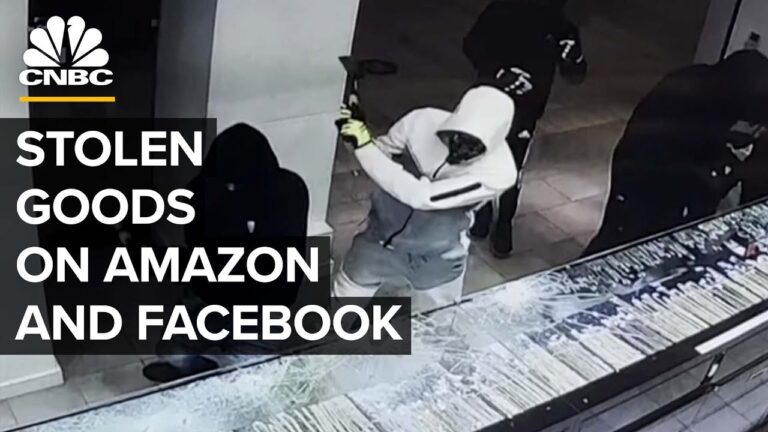As per CNBC Report, Coordinated robberies have hit dozens of U.S. stores in recent months and lawmakers are warning it’s a rising trend of organised retail crime. While punishments for shoplifters are hotly debated, there’s growing consensus around a solution that holds an entirely different group accountable: the online sites where the stolen goods are sold.
The Report mentions that a total of $68.9 billion of products were stolen in 2019. In 2020, three-quarters said they saw an increase in organised crime and more than half reported cargo theft. Some big chains blame organised theft for recent store closures or for their decisions to limit hours. Critics say they’re not doing enough to put an end to the racket. The companies disagree.Amazon, for instance, says it spent more than $900 million and employed more than 12,000 people in 2021 to prevent fraud and abuse. The company also says it requests “proofs of sourcing” when it has concerns about how products were obtained, and works with authorities to weed out illegal activity.
Here’s what Amazon, eBay and Meta’s Facebook Marketplace say they’re already doing to stop the sale of stolen products on their platforms, and why major retailers like Home Depot are asking congress to crack down on them by requiring stricter verification of sellers.
Content and Timestamps
- 00:00 — Intro
- 01:55 — Prevention and tracking
- 06:02 — How stolen goods end up online
- 10:19 — What eBay, Amazon and Meta do now
- 15:45 — Legislation as a last resort
View, Read and Learn more here:
- Ecommerce
- Marketing Mix
- Business Stories
- Retail Failure Stories
- Startup Failure Stories
- Travel Food Culture
- Retail Articles
- Customer Related Articles


